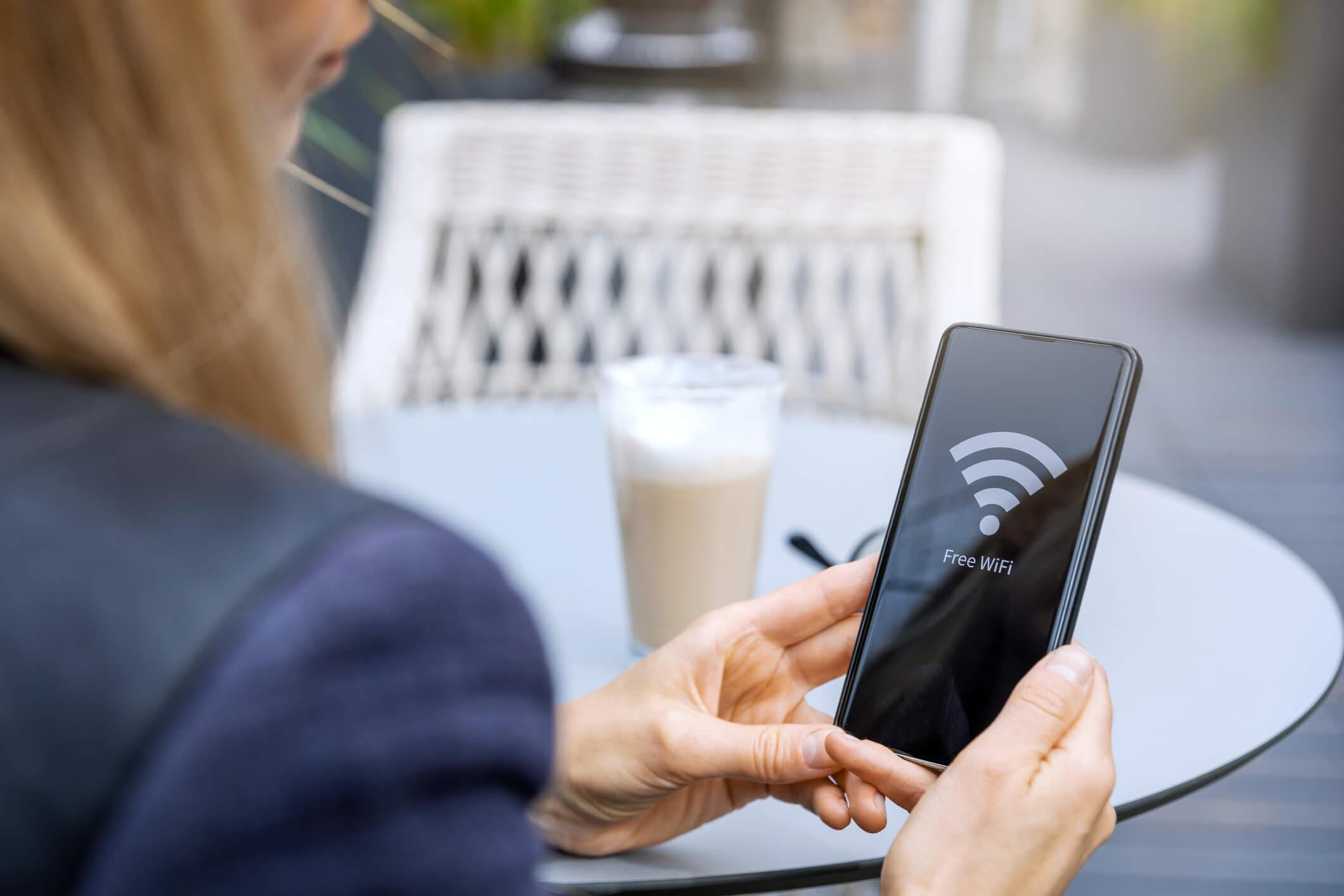WiFi Internet has added much convenience to our daily lives, with its easy accessibility in public places such as restaurants, hotels, and cafes; malls, parks, and even in airplanes, where we can connect online for faster transactions and communication. Like any online technology, however, it’s vulnerable to hacker abuse, posing potential threats to you and your mobile devices.
Public WiFi hotspots in particular are unsecure, easily hacked by cybercriminals. Some ways you can be hacked when connected to public WiFi include (MUO, Bates, 10/3/16):
- The hacker can get between you and the WiFi hotspot when hooked to the network, to perform man-in-the-middle attacks and spy on your connection.
- The hacker can “spoof” the legitimate WiFi, creating an “evil twin” that you log onto without noticing it’s a fake—which again, lets them spy on your data in transit.
- A hacker can “sniff” the packets on the unencrypted network you’re attached to, reading it with software like WireShark, for identity clues they can analyze and use against you later.
- They can also “hijack” a session in real-time, reading the cookies sent to your device during a session, to gain access to private accounts you’re logged into. This is typically known as “sidejacking.”
- Finally, they can “shoulder-surf,” simply watching you over your shoulder, to view your screens and track your keystrokes. In crowded places, it’s easy for hackers to “eavesdrop” on your connection.
Ways you can protect yourself when using public WiFi include (Wired, Nield, 8/5/18):
- Connect only to more trusted public networks, like Starbucks, rather than any random public WiFi that shows up in your WiFi connection settings, as in a shopping mall or park.
- Connect only to websites that show HTTPS, not just HTTP, which means the data transmission between the site and you is encrypted.
- Don’t provide too much personal data, such as email addresses and phone numbers, if the WiFi network requires it to connect. Better to not connect than risk unwanted ads or even identity theft.
- Don’t do public file or print sharing over public WiFi networks. This is even more true of financial transactions: banking on unsecured WiFi networks is an invitation to hackers to steal your data in transit.
- Use a Virtual Private Network (VPN) oon your mobile device, so you can be certain your data is encrypted to and from your mobile device.
The last piece of advice should probably be your first line of defense. Trend Micro VPN Proxy One Pro, for example, protects your devices from online threats by providing just such a VPN. It safeguards your private information when using public hotspots by automatically turning on when the device connects to an unsecured WiFi network. This ensures total anonymity from public servers and hides your data from hacker inspection by encrypting your data over the network. Trend Micro VPN Proxy One Pro also includes built-in web threat protection that protects you from online frauds and scams that can come your way via malicious links—and notifies you if there are any WiFi security issues on the network itself. You’ll be happy to also know that Trend Micro VPN Proxy One Pro does not affect your WiFi speed as it connects to its local or regional secured server.
Stay safe on public WiFi! Trend Micro Trend Micro VPN is available for PC, Mac, Android and iOS devices.
